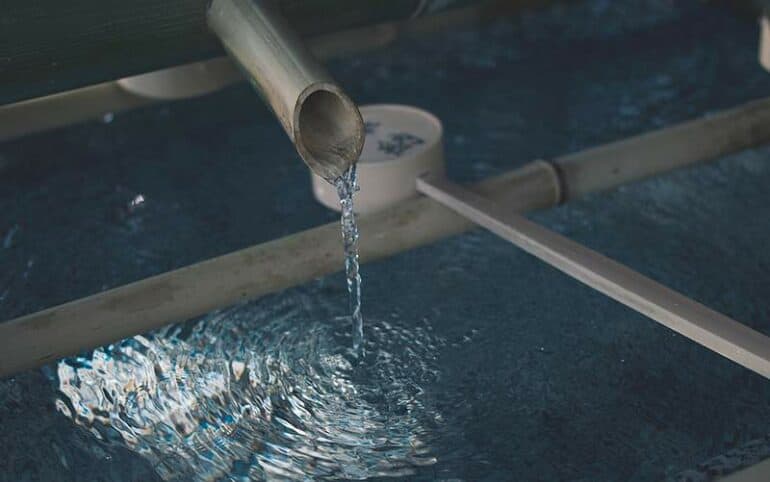Japanese practices for body and mind: nutrition, onsen and ikebana
From traditional Japanese diet to relaxation techniques like onsen and ikebana, the Japanese have many ways to take care of their physical and mental well-being. Here are some of the best practices that each of us can incorporate into our daily lives.
The traditional Japanese diet
The traditional Japanese diet is one of the healthiest and most balanced diets in the world. It consists mainly of rice, vegetables, fish and soy products. The Japanese also eat in small portions and have a very relaxed attitude towards food. The combination of healthy foods and conscious eating is the key to a healthy life.
According to a study by the Harvard School of Public Health, the traditional Japanese diet is associated with a lower risk of heart disease, stroke and certain cancers. High consumption of fish and soy products such as tofu and edamame also offer many health benefits.
Onsen and Sento
Onsen and sento are hot springs and bathhouses that are widely used in Japan. They are ideal for relaxation and stress relief. The hot water and minerals in the springs can relieve muscle tension and improve skin texture. Bathing in an onsen or sento is an important part of the Japanese way of life and contributes to overall well-being.
A study in the Journal of Physiological Anthropology and Applied Human Science shows that regular onsen visits can lower blood pressure and reduce stress hormones. This relaxation technique is a simple and effective way to reduce stress and increase well-being.
Ikebana
Ikebana is the Japanese art of flower arranging. It is more than just arranging flowers. This art form is a meditation in motion, focusing entirely on the moment and the beauty of nature. Ikebana is a calming activity that helps relax the mind and relieve stress.
A study in the journal HortTechnology shows that ikebana is an effective way to manage stress. Researchers found that participants who took ikebana classes experienced a decrease in cortisol levels, a stress hormone. The findings suggest that ikebana may be a valuable method for improving mental health.
Shinrin Yoku
Shinrin Yoku, also known as forest bathing or forest therapy, is a popular practice in Japan. It involves spending time in nature, connecting with trees and the natural environment, and taking advantage of nature’s healing properties. Shinrin Yoku is a meditative experience where you open your senses and enjoy nature to the fullest.
Studies have shown that Shinrin Yoku offers many health benefits. A study in the International Journal of Immunopathology and Pharmacology shows that Shinrin Yoku strengthens the immune system and improves the body’s defenses against disease. Another study in the Journal of Environmental Health and Preventive Medicine shows that Shinrin Yoku can also lower blood pressure and reduce stress.
Karoshi and work-life balance
Karoshi is a Japanese word that means “death from overwork.” It is a serious problem in Japan, where long hours and little time off are the norm. The Japanese government has taken steps to address the problem, but work-life balance remains a challenge for many Japanese.
To live a happy and fulfilling life, it is important to balance work and lifestyle. It is necessary to have time for oneself and family and to get enough sleep. A good work-life balance is the key to a happier and healthy life.
Conclusion
The Japanese have many practices that help them live a healthy and happy life. From traditional diets to relaxation techniques like onsen and ikebana, they have many ways to promote their well-being. These practices can benefit the rest of the world as well. By incorporating some of these practices into our daily lives, we can lead healthier and happier lives.

